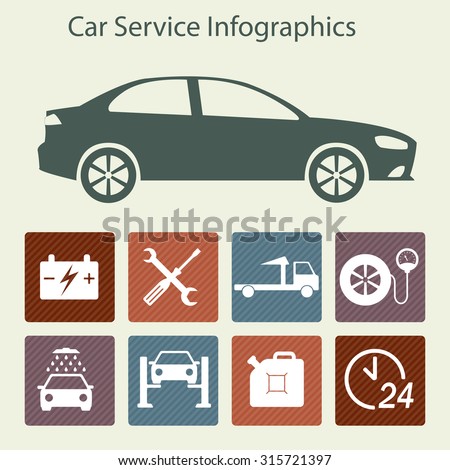Realizing The Importance Of Your Automobile'S Warning Signals: What They In Fact Represent
Realizing The Importance Of Your Automobile'S Warning Signals: What They In Fact Represent
Blog Article
Authored By-Lim Torres
When you're behind the wheel, those radiant warning lights on your control panel can be a bit difficult. Do you understand what they're attempting to tell you about your car's wellness? Comprehending the significance of these lights is vital for your safety and the long life of your vehicle. So, the following time among those lights turns up, would not you intend to decode its message precisely and take the essential steps to address it?
Common Caution Lighting and Interpretations
Determine usual warning lights in your cars and truck and comprehend their meanings to make certain safe driving.
One of the most regular warning lights consist of the check engine light, which signifies concerns with the engine or discharges system. If this light comes on, it's important to have your lorry inspected without delay.
The oil stress alerting light suggests reduced oil pressure, requiring prompt interest to avoid engine damages.
A blinking battery light might recommend a malfunctioning charging system, possibly leaving you stranded otherwise resolved.
The tire stress monitoring system (TPMS) light informs you to low tire stress, affecting automobile security and fuel effectiveness. Overlooking this might lead to hazardous driving problems.
The ABS light suggests a problem with the anti-lock braking system, jeopardizing your capability to stop swiftly in emergency situations.
Finally, the coolant temperature level advising light warns of engine getting too hot, which can lead to extreme damages if not dealt with quickly.
Recognizing these typical warning lights will assist you attend to issues without delay and keep safe driving conditions.
Relevance of Prompt Attention
Recognizing the typical caution lights in your automobile is just the primary step; the importance of quickly addressing these cautions can't be stressed enough to guarantee your safety and security when traveling.
When a caution light illuminates on your dashboard, it's your vehicle's means of interacting a prospective concern that needs focus. Neglecting these warnings can bring about extra extreme issues later on, endangering your security and possibly costing you a lot more out of commission.
Trigger attention to warning lights can prevent malfunctions and crashes. For instance, a blinking check engine light can show a misfire that, if left ignored, could trigger damages to the catalytic converter. Resolving https://www.13newsnow.com/article/money/cars/car-mechanic-shortage-rising-prices/291-7801ce64-003c-4498-94e5-a21ad7b05ef4 can conserve you from a costly fixing.
Similarly, a brake system warning light may signal low brake fluid or worn brake pads, essential parts for your safety when driving.
Do It Yourself Troubleshooting Tips
If you observe a caution light on your control panel, there are a couple of do it yourself repairing pointers you can attempt prior to looking for expert aid.
The initial step is to consult your cars and truck's manual to comprehend what the specific warning light indicates. Sometimes the problem can be as straightforward as a loosened gas cap triggering the check engine light. Tightening up simply click the next web page may deal with the issue.
https://brakesnearme06162.blog-ezine.com/31311185/discover-the-innovative-fads-influencing-the-future-of-car-repair-service-such-as-the-introduction-of-electrical-cars-and-the-incorporation-of-ai-innovation is a reduced battery, which can trigger various cautioning lights. Inspecting the battery connections for rust and ensuring they're safe may take care of the trouble.
If a warning light persists, you can attempt resetting it by detaching the cars and truck's battery for a couple of minutes and then reconnecting it. Additionally, inspecting your automobile's liquid degrees, such as oil, coolant, and brake fluid, can help repair advising lights connected to these systems.
Conclusion
To conclude, understanding your cars and truck's warning lights is necessary for maintaining your vehicle running smoothly and securely. By quickly addressing these informs and understanding what they indicate, you can avoid expensive repair work and possible failures.
Bear in mind to consult your automobile's manual for certain information on each cautioning light and do something about it appropriately to guarantee a hassle-free driving experience.
Keep educated, stay safe on the road!
